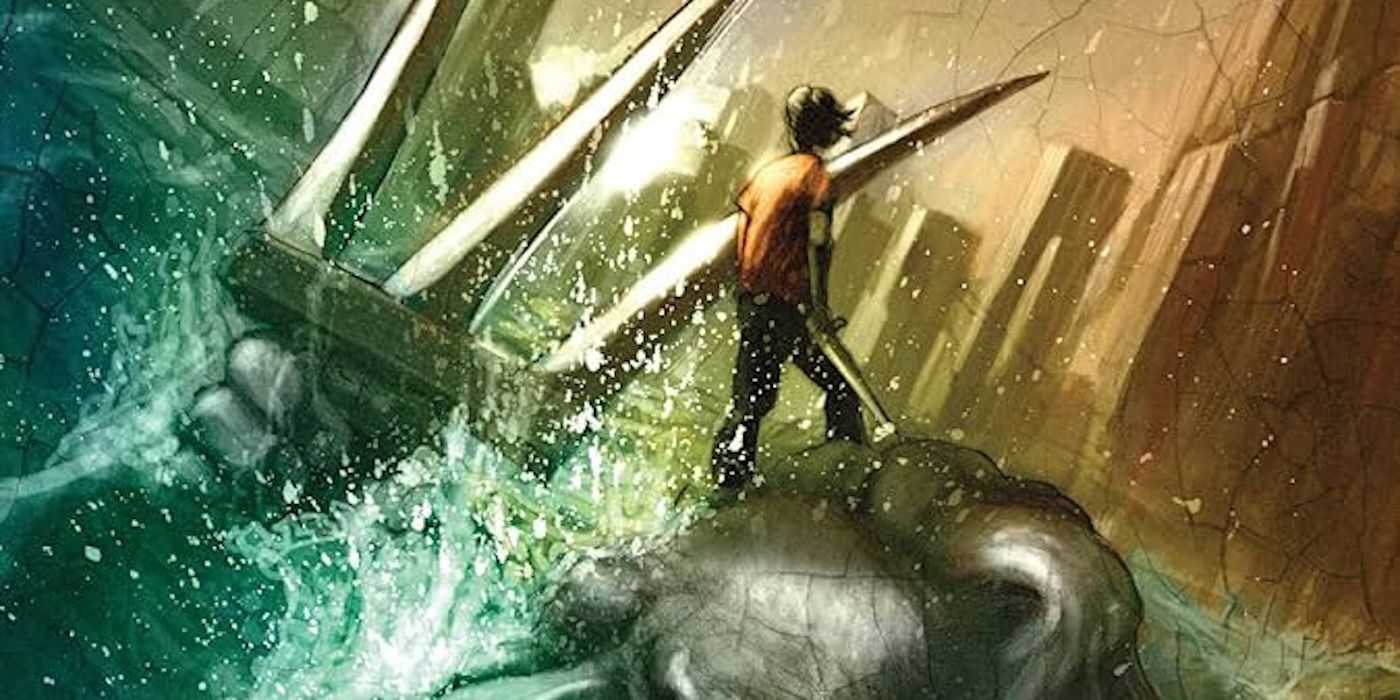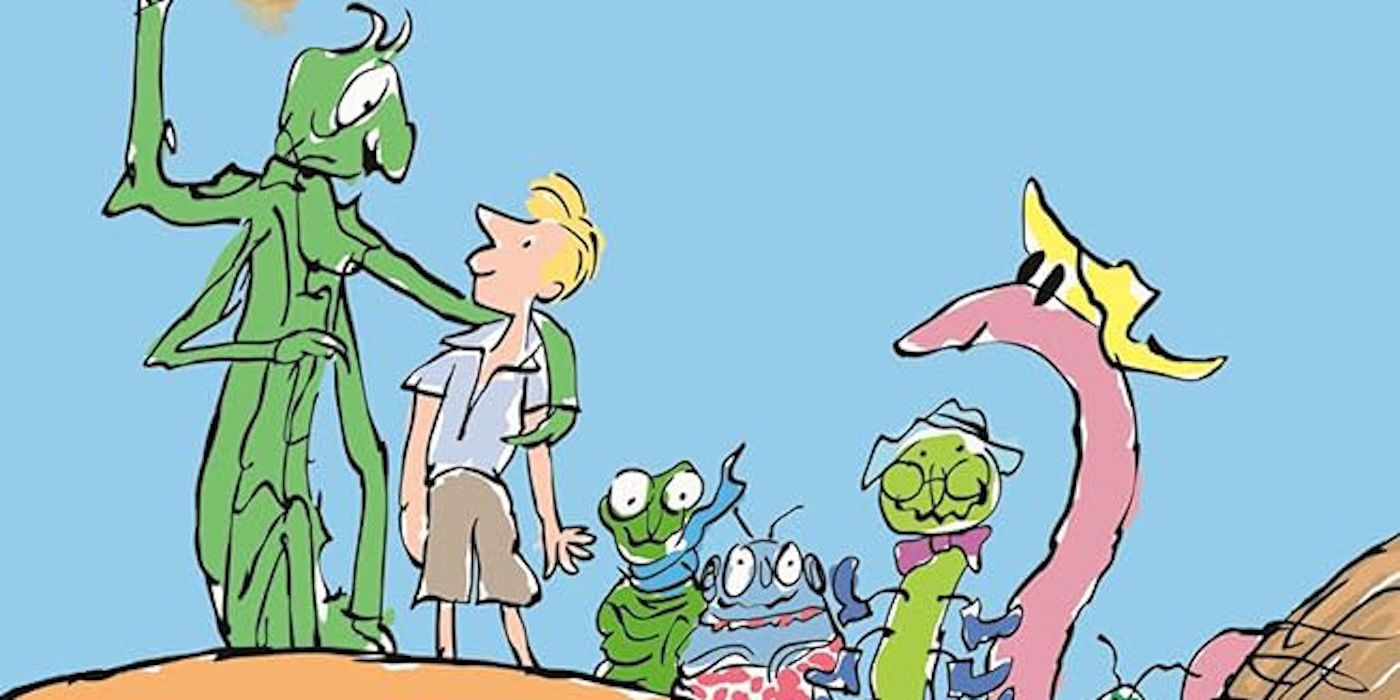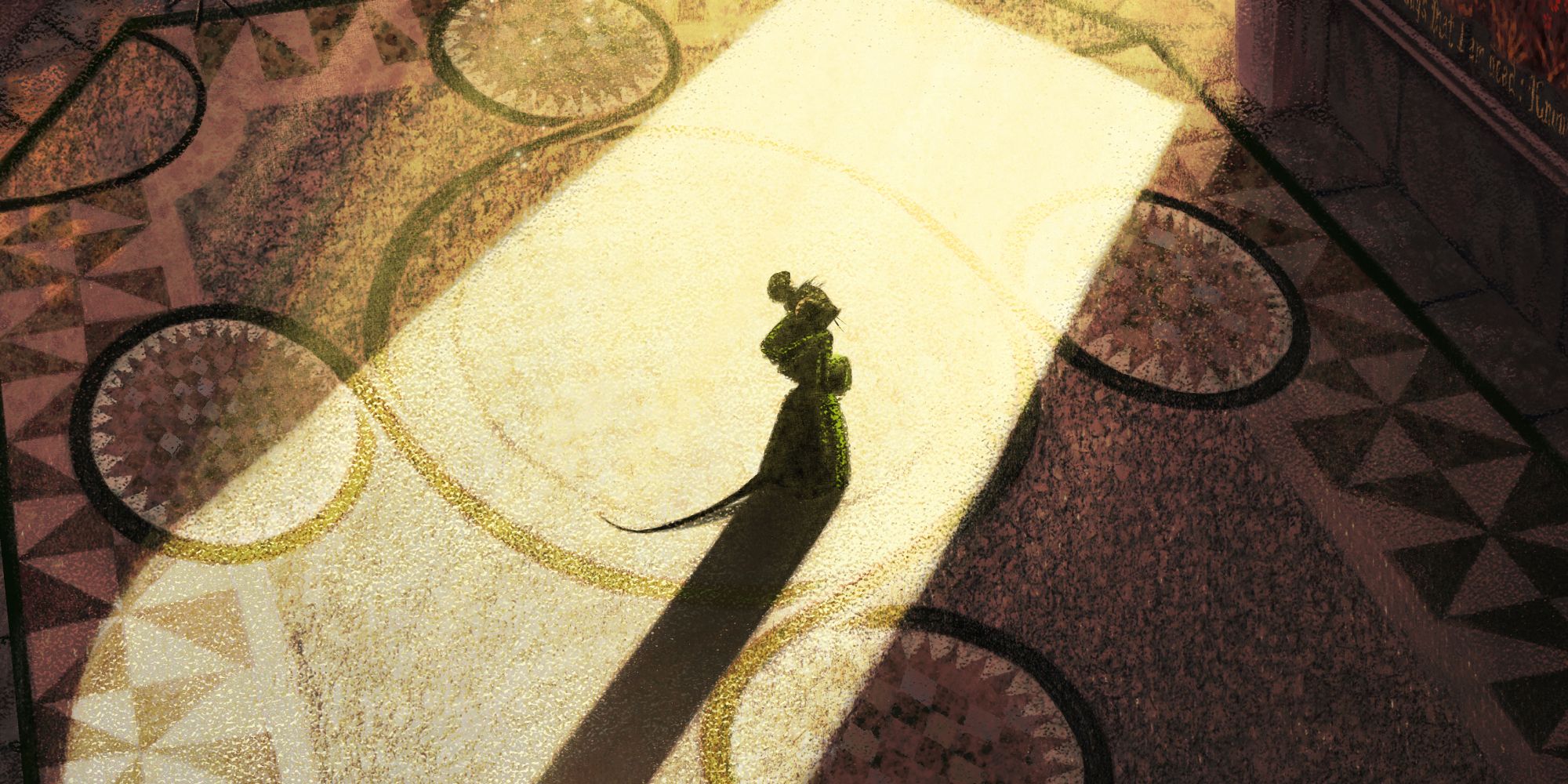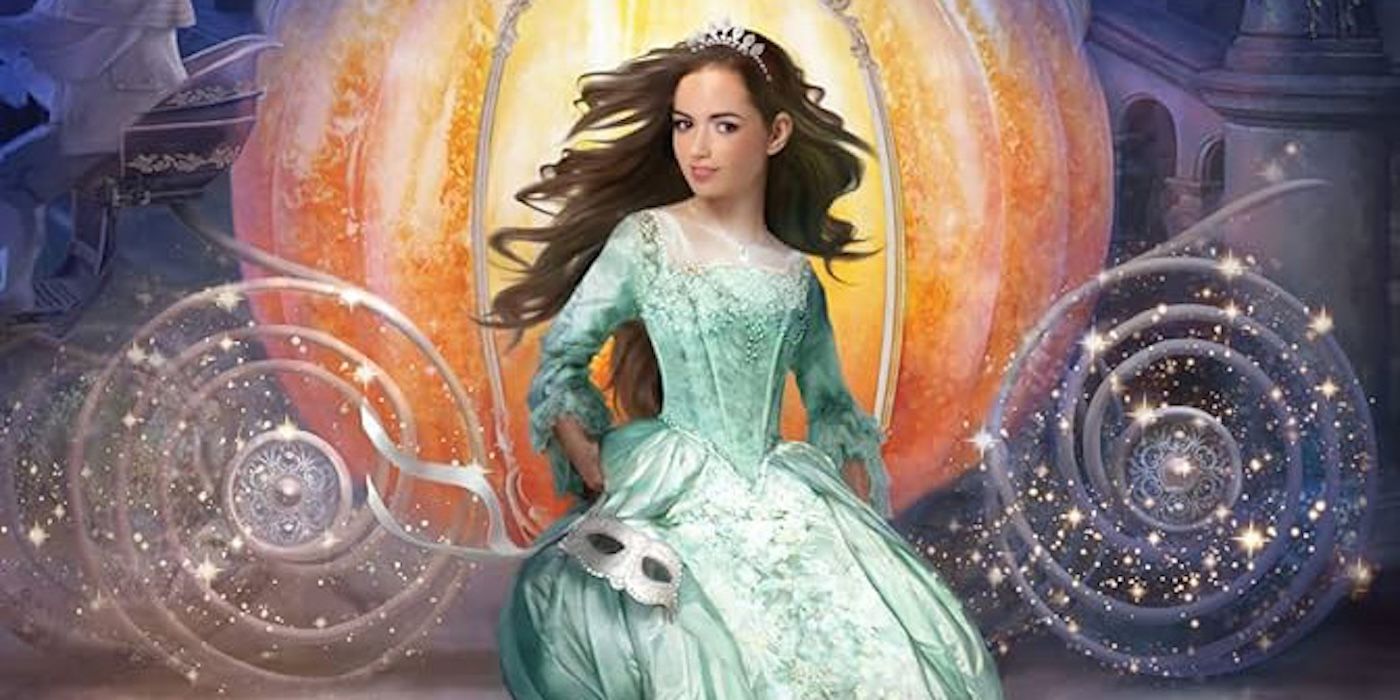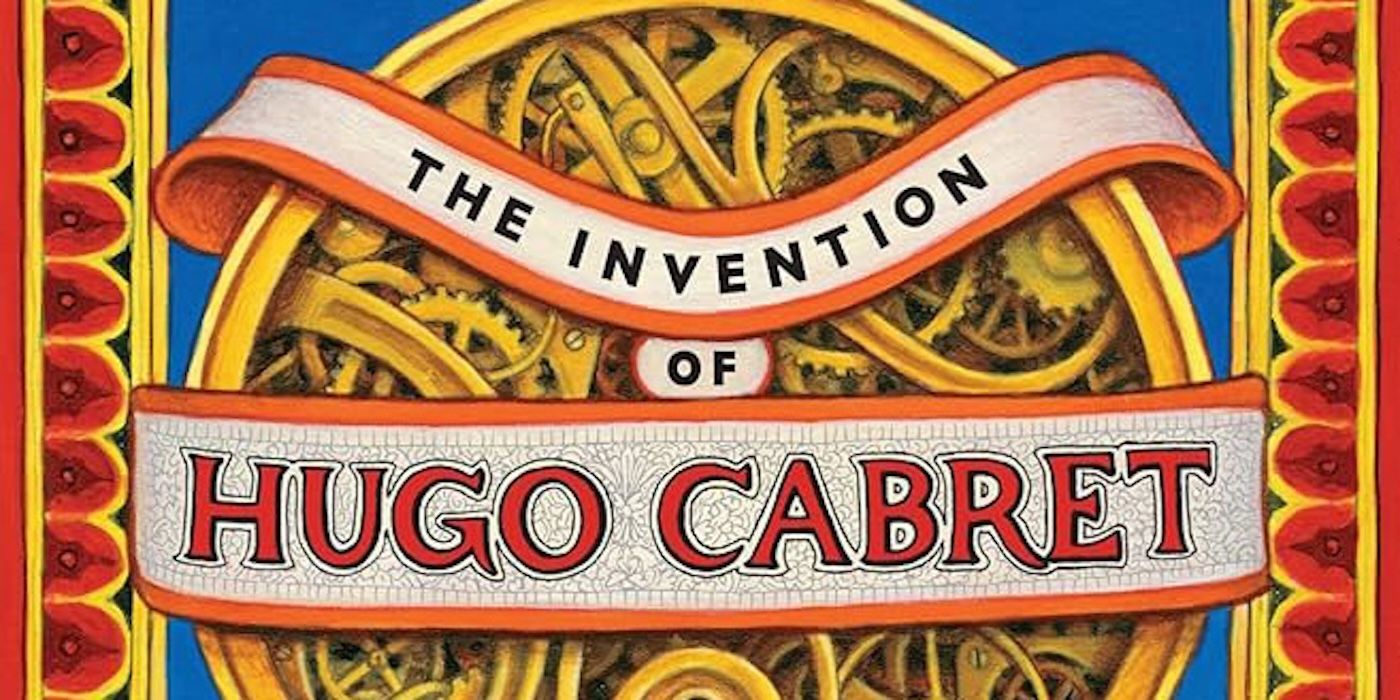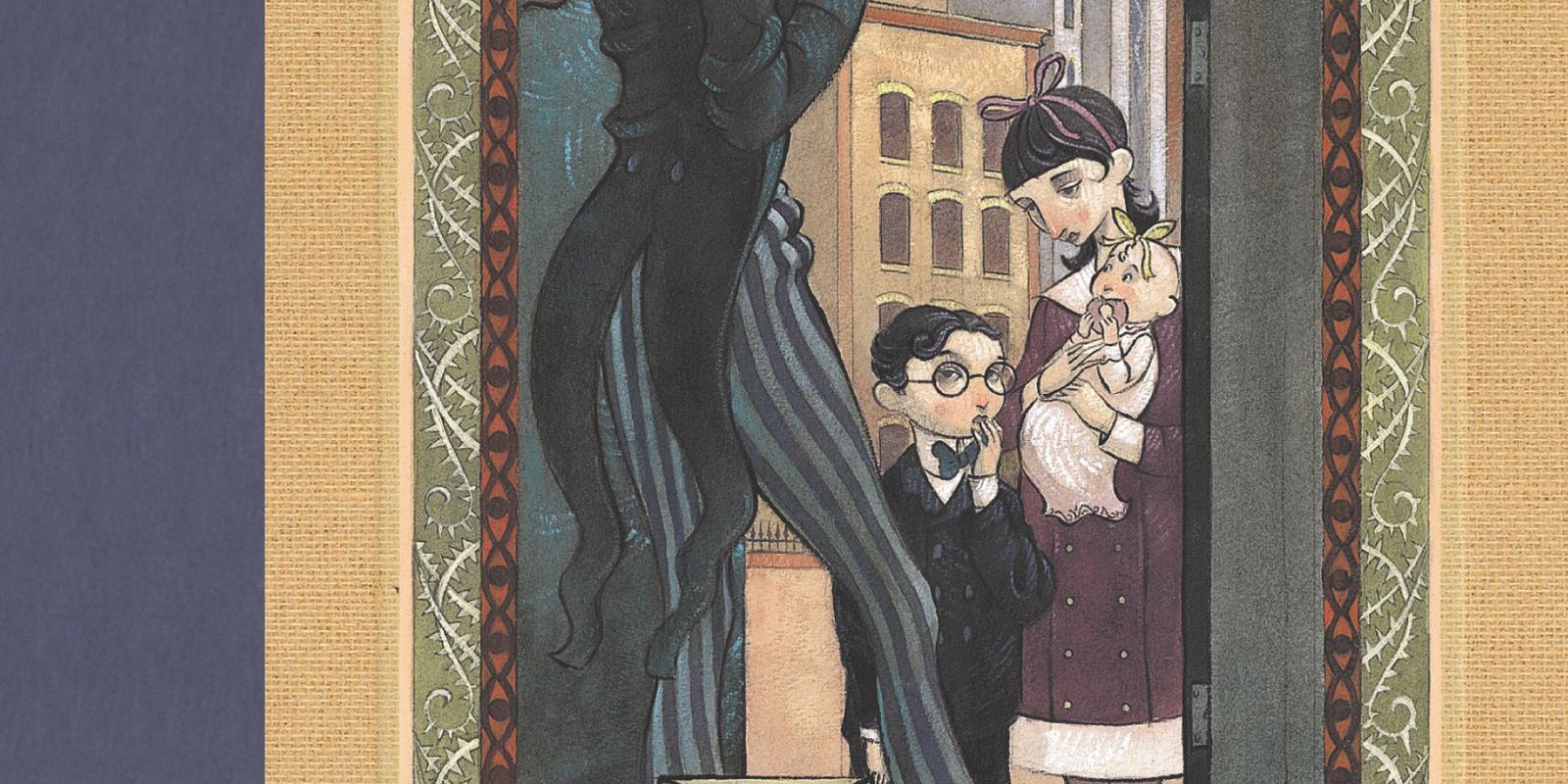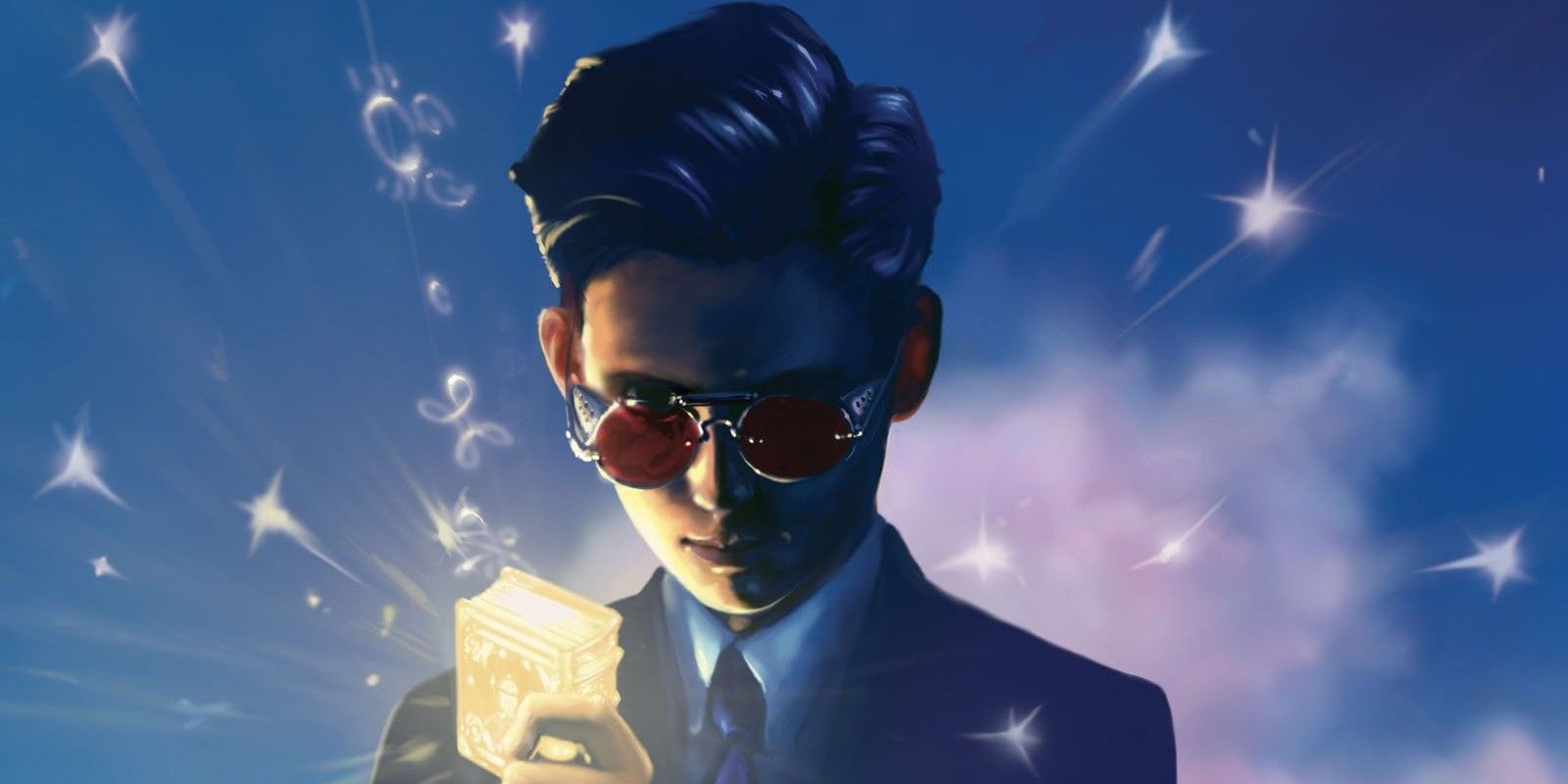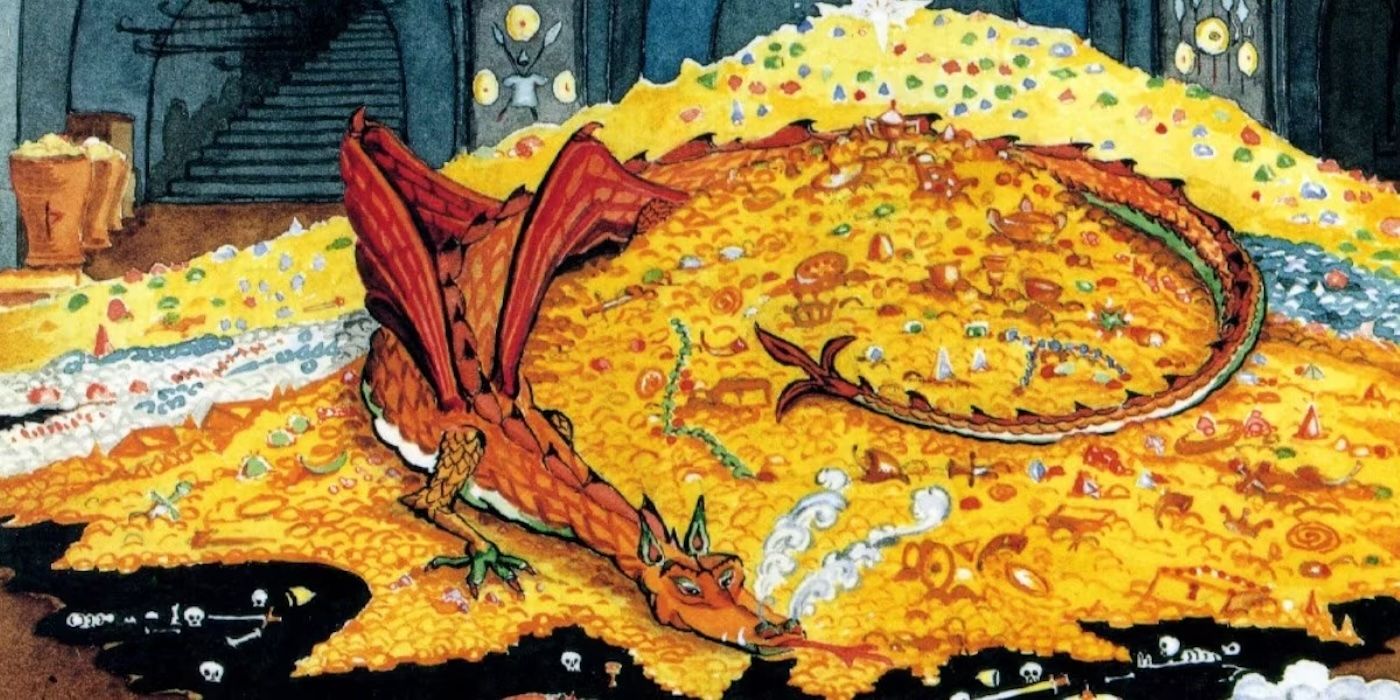Summary
- Classic children’s books like
Harry Potter and the Sorcerer’s Stone
and
The Tale of Despereaux
are still beloved by all ages. - Children’s literature shapes young minds and prompts adults to reflect on their favorite childhood media.
- Modern children’s literature, with whimsical worlds and deep stories, demonstrates the genre’s evolution for all audiences.
Plenty of children’s fantasy books appeal to adults as well as children, whether they are reading it for the first time or returning to a childhood favorite. People are thinking about children’s fantasy books that deserve TV shows in the wake of some successful adaptations, prompting discourse about what makes them suitable for all ages. Children’s literature is typically categorized as such because of arbitrary criteria concerning what content can be included when the story and themes are still very mature.
Several classic kids’ books from the ’90s are still worth reading, arguably representing the golden age of children’s fantasy literature. On the other hand, modern children’s literature demonstrates the best of how a whimsical world is used to tell stories for everyone. Children’s literature is a vital part of the cultural zeitgeist when it contributes to shaping young minds, as well as prompting adults to look back on their childhood and reevaluate the meaning of their favorite books.
|
Book |
Release date |
|---|---|
|
The Hobbit |
1937 |
|
James and the Giant Peach |
1961 |
|
Redwall |
1986 |
|
Harry Potter and the Philosopher’s Stone (Sorcerer’s Stone) |
1997 |
|
Ella Enchanted |
1997 |
|
The Bad Beginning |
1999 |
|
Artemis Fowl |
2001 |
|
The Tale of Despereaux |
2003 |
|
The Lightning Thief |
2005 |
|
The Invention of Hugo Cabret |
2007 |
10 The Tale Of Despereaux
By Kate DiCamillo
The Tale of Despereaux tells a deceptively simple story containing big themes about hope, betrayal, and finding light in the darkness. Despereaux is a smaller-than-average mouse born in the castle of a fairy tale kingdom, who gets into trouble with his mouse community when he spends all his time reading and falls in love with a human princess. The Tale of Despereaux twists a classic adventure narrative in which the villains are also sympathetic, having experienced their own tragedies in life.
The short and sweet book reminds its reader to believe in hope and storytelling when Despereaux faces impossible odds and comes through unscathed. Its happy ending is not without bittersweet notes, making for a shockingly nuanced story. The Tale of Despereaux is heartbreaking and healing as well as amazingly imaginative all at once, easy enough for children to read but complex enough to intrigue adults.
9 Percy Jackson & The Olympians: The Lightning Thief
By Rick Riordan
Percy remains a hilarious narrator for those revisiting his flagship novel and others picking up the book for the first time before Percy Jackson and the Olympians season 2 arrives. The Lightning Thief has an engaging, fast-paced narrative filled with wacky supernatural antics while touching upon some bigger themes for someone Percy’s age. Percy and most of his fellow demigods experienced life before Camp Half-Blood feeling like an outsider; they were raised by single parents or come from blended families, have dyslexia and ADHD, and are doing their best to succeed.
The Lightning Thief shows relatable characters becoming heroes while setting up the bigger plots and world-building of the Riordanverse.
The Lightning Thief shows relatable characters becoming heroes while setting up the bigger plots and world-building of the Riordanverse. It is a lesson in Greek mythology when new iterations of these figures come to life in the modern day and are just as hilarious as the book’s protagonist. One could just read The Lightning Thief as a standalone adventure but isn’t likely to want to when the rest of Riordan’s books hold so much more of a good thing.
8 James And The Giant Peach
By Roald Dahl
James and the Giant Peach is one of Roald Dahl’s classics, which has faded from cultural consciousness more so than the ones with the biggest movie adaptations. It features the typical Dahl themes and formula of a young protagonist escaping cruel adults and being rewarded for their kindness in a fairytale-like manner. However, what makes James and the Giant Peach stand out is its wacky premise and even wackier cast, as James finds himself voyaging via a giant peach with a group of anthropomorphic insects.
While children enjoy the cast for what they are, adults are prompted to think about why Dahl chose each strange element for this story. Underlying it all is the friendship and found family motif and the pure imagination that characterizes all of Dahl’s works. James’ new friends and their glorious adventures spark curiosity and wonder about all the things to see in the world.
7 Redwall
By Brian Jacques
A Redwall movie or TV show adaptation from Patrick McHale sounds like a perfect combination, given his experience creating Over the Garden Wall. The Cartoon Network miniseries is strongly implied to be about a journey through purgatory and has a subdued but very fantastical aesthetic, which would serve Redwall well for another chance at being adapted properly. Those who read Redwall now will find that it has a childlike premise reminiscent of Disney movies, but an intricate, mature world.
Redwall follows the young anthropomorphic mouse Matthias, a monk and aspiring warrior who lives in an abbey being threatened by an army of rats. This book and all the sequels that come after it are very intriguing with its take on medievalism that is still used to tell a story about small, unlikely heroes defending the innocent against bigger threats. Redwall is softly inspiring, showcasing a sweet story tinged with moments of darkness.
6 Harry Potter And The Sorcerer’s Stone
By J. K. Rowling
The Harry Potter books still provide a complex world and an epic struggle between good and evil that readers of any age will enjoy. Harry Potter and the Sorcerer’s Stone is the most light-hearted of the series, emphasizing the wonder Harry experiences upon discovering the Wizarding World. Moments like Harry finding out he is a wizard and the Golden Trio cementing their friendship are heartwarming the first time around but also bear the weight of how these concepts’ meanings will evolve throughout the series.
Re-reading The Sorcerer’s Stone and its sequels is even more of a mental exercise these days when readers are forced to ask themselves what things the Harry Potter TV show may change from the books and the previous adaptations. Like all good urban fantasies, it delights readers by introducing them to a world hidden within the one they are familiar with. The upcoming version of Harry Potter must accomplish the same thing in making people believe in magic in the real world, but will likely adjust the framework of the story.
5 Ella Enchanted
By Gail Carson Levine
Those who have only seen the movie Ella Enchanted should really read the book, in which the absence of overblown pop covers allows it to be a more meaningful fairy tale. Ella Enchanted is unique as a retelling, showcasing some painful realities of the Cinderella story. It has a fantastical setting that will draw in children, but also prompts them and adults to ask questions about what boundaries Cinderella should have set with her family while her chosen family is more important.
The author’s other book Fairest is also worth a read, engaging with the Snow White story’s depiction of unfair beauty standards.
At the core of Cinderella is the problem of Cinderella always accepting her lot in life and doing as she is told. Ella literally can’t disobey, while the ditzy fairy who cursed her believed this was a gift that would make her endearing. Ella’s mother and fairy godmother never told her father about the curse, protecting Ella from this man, even though he is her family. The author’s second other Fairest is also worth a read, engaging with the Snow White story’s depiction of unfair beauty standards.
4 The Invention Of Hugo Cabret
By Brian Selznick
Like its movie counterpart, The Invention of Hugo Cabret is not a strict fantasy but has a magical feeling to it, granting a whimsical feel to even the harshest parts of the Parisian setting and centering the story on the rediscovery of wonder. Georges Méliès was a pioneer in filmmaking specifically because of the techniques he used to bring the fantasy and sci-fi genres to life, and his works leak into the story. Hugo keeps a machine that seems like something from a fantasy, which launches him into a journey to unravel the mystery of Méliès’ life.
The wonderful illustrations also bring character to this novel, which is easy to read and targeted at children. However, children might not easily get the point of the story and its themes, something adults will more readily appreciate. It is largely about adults finding magic in the real world, perhaps making it even more suited for adults who turn to children’s literature for the same reason.
3 A Series Of Unfortunate Events: The Bad Beginning
By Lemony Snicket (Daniel Handler)
One of the main points of the story is wrapped up in the title: The Baudelaire children have the worst of luck, being put through one absurd tragedy after another. The tradition of Count Olaf’s ridiculous disguises doesn’t start until the second book, but The Bad Beginning kicks things off with other forms of the series’ characteristic dark comedy. The Baudelaire children outsmart Olaf when the odds are stacked against them, as all heroic children in fairy tales do.
A Series Of Unfortunate Events bears some resemblance to Dahl’s works in the depiction of cartoonishly evil adults set against kind-hearted children. Where Lemony Snicket deviates is the core theme of coping with bad circumstances rather than escaping them. While a floating peach or a chocolate factor will usually appear to help Dahl’s protagonist, the Baudelaire children are in for an entire series of misadventures, which they face with only ingenuity and help from their friends.
2 Artemis Fowl
By Eoin Colfer
After Harry Potter but before Percy Jackson, there was Artemis Fowl, an underrated child fantasy protagonist. The book was pitched as “Die Hard with faeries,” with faerie officer Holly Short being named for John McClane’s wife and Artemis himself deriving his charismatic characterization from Hans Gruber. This is the vehicle for Artemis Fowl‘s different take on the recurring theme in children’s literature of good vs. evil when Artemis thinks of himself as the villain but reveals that he will adhere to some kind of moral code.
Meanwhile, the “heroes” of the faeries are shown to resort to unethical measures to get what they want. This nuanced tale is wrapped up in an amazing setting of magic and technology with Artemis delivering plenty of sharp one-liners. The failed Artemis Fowl movie adaptation didn’t properly lean into the theme of its protagonist being a criminal mastermind, which is one of the biggest delights of the book.
1 The Hobbit
By J. R. R. Tolkien
The Hobbit is a much easier and more contained read than the latter The Lord of the Rings, but still tells a story of adventure, bravery, and legacy. Pieces of Tolkien’s prose are repurposed as dialogue in the movies because they are already so elegant, with a touch of whimsy and mystery. Such a story as The Hobbit has the trappings of a fairy tale when it is, at its core, very simple, with a battle to be one and a riddle to be solved.
Given the milestone of the Lord of the Rings movies’ success, it is easy to forget that The Hobbit is the book that introduced the world to characters like Gandalf and Bilbo Baggins. Their first meeting is an unceremonious and strange event, which leads to the whole Middle-earth franchise’s core theme of the unwavering bravery Gandalf sees in the Hobbits. There are few staples of children’s literature as classic as The Hobbit, which is worth reading at any age.



